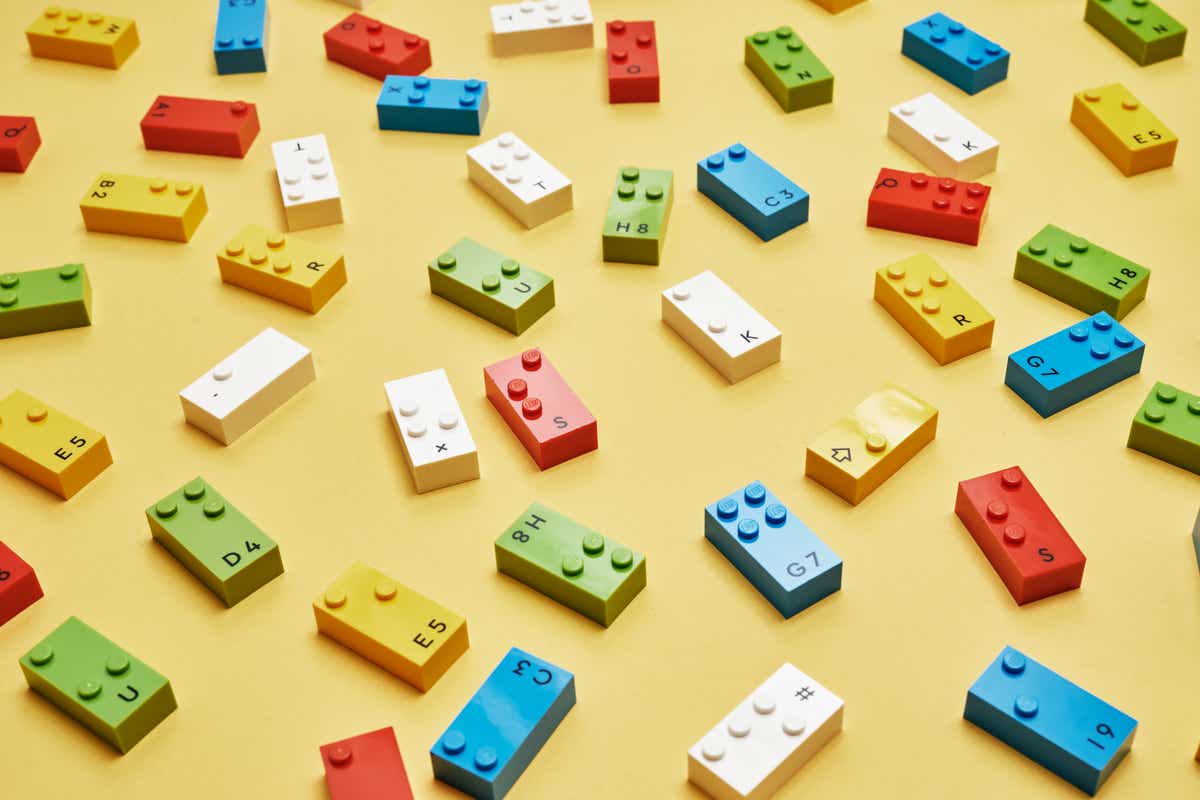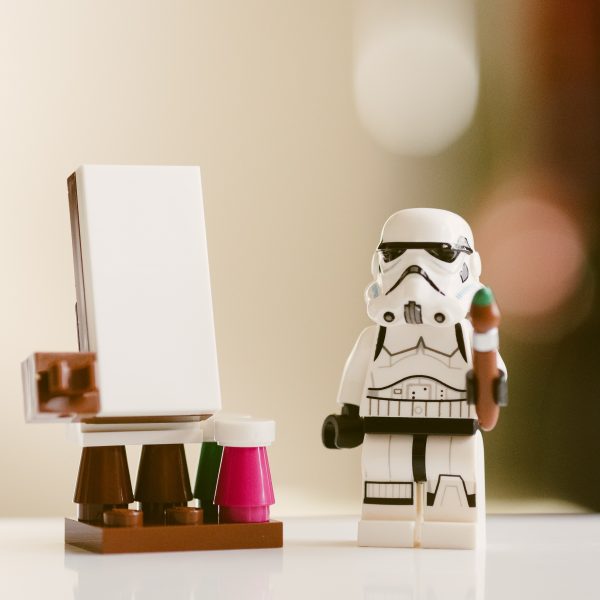LEGO Braille bricks offer a new avenue of inclusivity for children with low vision

LEGO Braille Bricks, specifically designed to help children with vision impairment learn critical thinking, problem solving and collaboration through play will shortly be made available in Australia thanks to support from The LEGO Foundation and the LEGO Group.
The pilot project, which was first unveiled in April 2019 during the Sustainable Brands Conference in Paris, France – home ground of Braille inventor, Louis Braille, is due to be made available in Australia, Austria, Belgium, Canada, Finland, Ireland, Italy, New Zealand, Portugal, Spain, Sweden, Switzerland, and the Netherlands in 2021.
LEGO Braille Bricks have been tested across various languages and cultural contexts and are currently available in six languages, including Danish, Norwegian, English, Portuguese, German and French.
Four additional language versions launched in 2020, with the ambition that the concept will be implemented in a total of eleven languages across twenty countries by early 2021.
The LEGO Braille Bricks introduce “a fun and engaging way” to help children with vision impairment develop tactile skills and learn the braille system.
Moulded so that the studs on top reflect individual letters and numbers in the Braille alphabet while remaining fully compatible with the LEGO System in play, the bricks also feature printed letters, numbers and symbols so that they can be used simultaneously by sighted peers, classmates, and teachers in a collaborative and inclusive way.
“With these Braille Bricks, the LEGO Foundation has created a totally new and engaging way for children with vision impairment to learn to read and write,” said David Clarke, Director of Services at the Royal National Institute of Blind People.
“Braille is an important tool, particularly for young people with vision impairment, and these cleverly designed bricks enable children to learn braille creatively while also engaging with their classmates in a fun and interactive way.”
All LEGO Braille Bricks toolkits are accompanied by a pedagogical concept that is based on learning through play and includes inspiration for brick-based activities to enhance learning and skill-development.
The LEGO Foundation also plans to work with teachers of the visually impaired to continue to develop the LEGO Braille Bricks concept, and is calling on teachers to submit more ideas to continuously expand the pool of activities.
This interaction will be facilitated online in a Facebook group – LEGO Braille Bricks Community – where teachers can meet to share best practices, creative ideas and playful experiences with LEGO Braille Bricks.
“As an educator, I know LEGO Braille Bricks will be so helpful in bringing together different kinds of learners,” said Paige Maynard, Teacher of the Visually Impaired and Developmental Interventionist at Visually Impaired Preschool Services in Louisville, Kentucky.
“Students with visual impairments will be able to play and learn alongside their sighted peers. The bricks bring the joy of play into braille and tactile skills instruction. They help remind us that the most impactful and long-lasting learning occurs when children are actively engaged in activities they enjoy.”
As LEGO Braille Bricks toolkits launch in each respective country, they will be distributed free of charge to select institutions, schools and services catering to the education of children with visual impairment.
The LEGO Foundation will work together with Official Partners in each country to manage distribution of the toolkits and support localization and training of the teaching concept presented on www.LEGObraillebricks.com.
Each kit will contain 300+ LEGO Braille Bricks covering the full alphabet in the chosen language, numbers 0-9, and select mathematical symbols and punctuation marks. It will be available in five LEGO colours and will also include three base plates and a brick separator.
“We are thrilled to launch the first wave of the LEGO Braille Bricks program and get the toolkits into the hands of children,” said Stine Storm, Senior Play & Health Specialist at the LEGO Foundation.
“Throughout the testing and pilot program, we have received overwhelming support and positive feedback from children, parents, teachers and partner organizations who have experienced the LEGO Braille Bricks and see the potential of these toolkits to encourage learning in a new and exciting way. The possibilities for learning through play are endless, and we look forward to seeing how this can inspire children in their journey to learn braille.”
The concept behind LEGO Braille Bricks was first proposed to the LEGO Foundation in 2011 by the Danish Association of the Blind and again in 2017 by the Brazilian-based Dorina Nowill Foundation for the Blind.
Since then, it has been further shaped in close collaboration with Blind communities in Denmark, Brazil, UK, Norway, Germany, France and USA, where testing was conducted in two waves over the course of nearly two years.
Popular

Quality
Practice
Provider
Workforce
Reclaiming Joy: Why connection, curiosity and care still matter in early childhood education
2025-07-09 10:00:07
by Fiona Alston

Policy
Practice
Provider
Quality
Research
Workforce
Beyond the headlines: celebrating educators and the power of positive relationships in early learning
2025-07-07 10:00:24
by Fiona Alston

Workforce
Policy
Quality
Practice
Provider
Research
ECEC must change now, our children can’t wait for another inquiry
2025-07-02 07:47:14
by Fiona Alston













